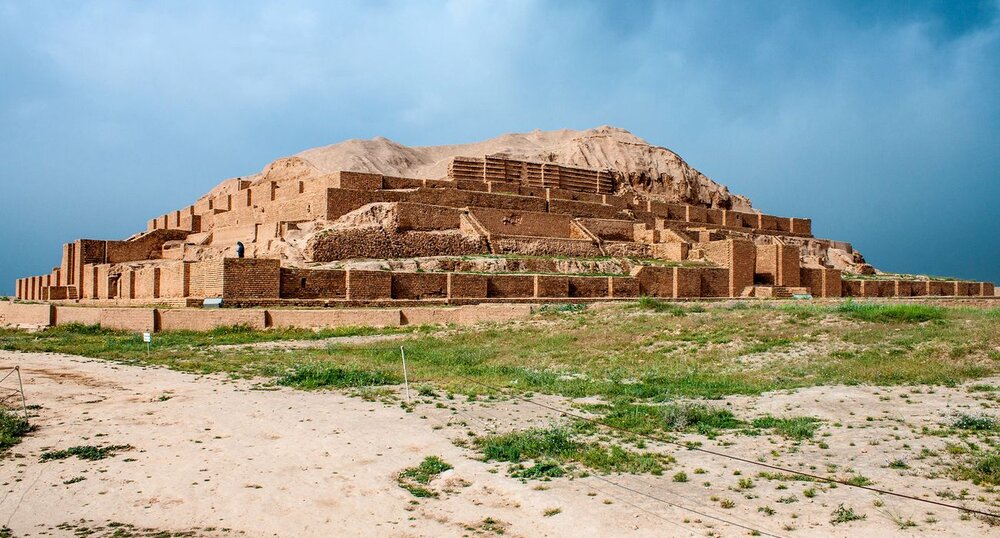Susa, a cradle of civilization

TEHRAN – Situated between the Karkheh and Dez rivers in southwest Iran, Susa was once one of the most important and glamorous cities of the ancient world.
Susa, which is inhabited for thousands of years, embraces several layers of superimposed urban settlements from around the late 5th millennium BC until the 13th century CE.
The ancient town served as the capital of Elam (Susiana) and the administrative capital of the Achaemenian king Darius I and his successors from 522 BC.
Historically speaking, Susa was once part of the historic kingdom of Elam between Babylon and ancient Persia as the lower Zagros Mountains of Persia descend into the Mesopotamian region.
In a story published by The Travel website on Sunday, People may be familiar with it as being the capital of the Persian Empire in the Book of Esther. According to that account, it was here that Esther was wed to the powerful Persian Emperor and managed to bravely save her Hebrew people from annihilation.
Moreover, Susa continued its magnificence and remained a strategic center during the Parthian and Sasanian periods, the empires that ruled this region during the Roman period.
Today Susa is made up of three archeological mounds and covers around a square kilometer. On top of the archeological site is the modern Iranian town of Shush. One may visit the excavated mounds and try to imagine what it was like during its heyday as the capital of what was then the largest Empire in the world. Furthermore, at the archeological site, one can see Ardeshir's palace, various excavated administrative, residential, and other monuments.
Very close to the ancient site of Susa is one of the best-preserved ziggurats in the world. Also in Iran is the Sialk Ziggurat which is one of the oldest known ziggurats dating from the early 3rd millennium BC. Most of these Mesopotamian Pyramids are in what is today Iraq, but some are in Iran.
The ancients believed that the ziggurats connected heaven and earth - shown in that the name of the ziggurat at Babylon (Etemenanki) means "House of the foundation of heaven and earth." It is thought that the famous tail in the Bible of the Tower of Babel is a reference to the ziggurats of Mesopotamia.
Unlike other temples, Mesopotamian ziggurats were not places for public worship or ceremonies. They were just the dwelling places for the gods. And the purpose was to get the temple closer to the heavens. The temple complex of which the ziggurats were a part included storage rooms, bathrooms, living quarters, and a courtyard.
Susa is part of a region often termed a cradle of civilization. The city appears in the very earliest Sumerian records and is one of the first recorded cities in human history.
AFM
Leave a Comment